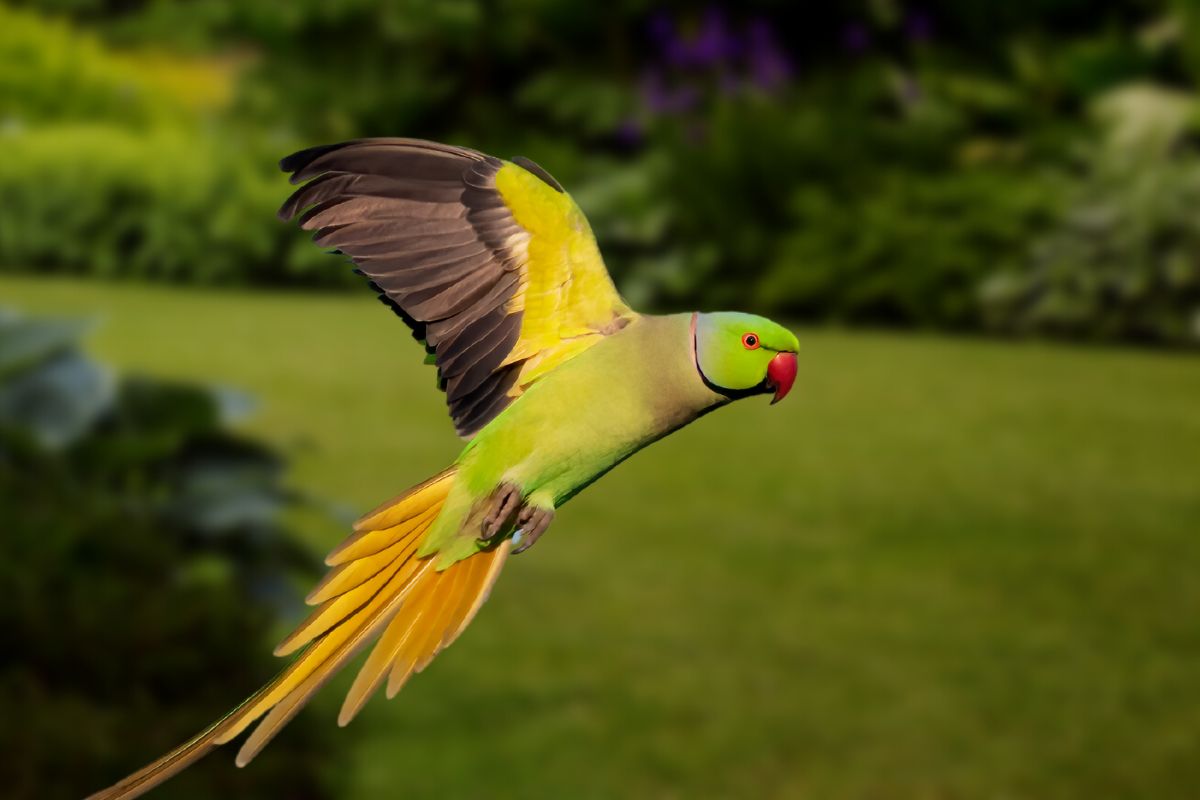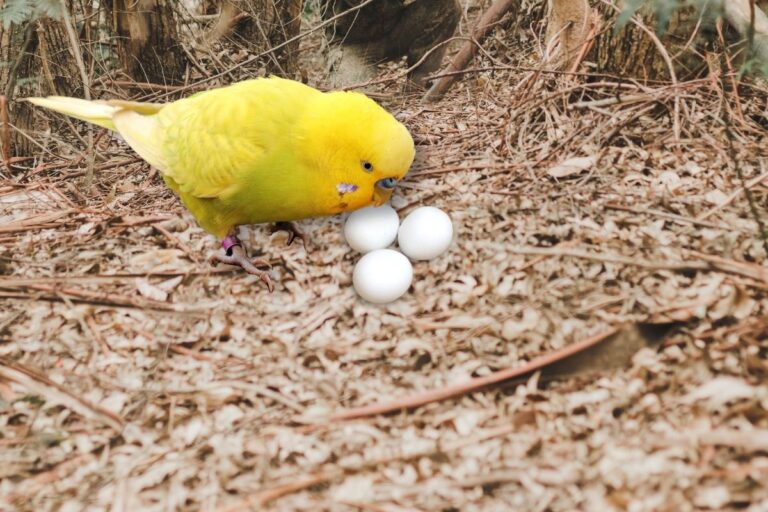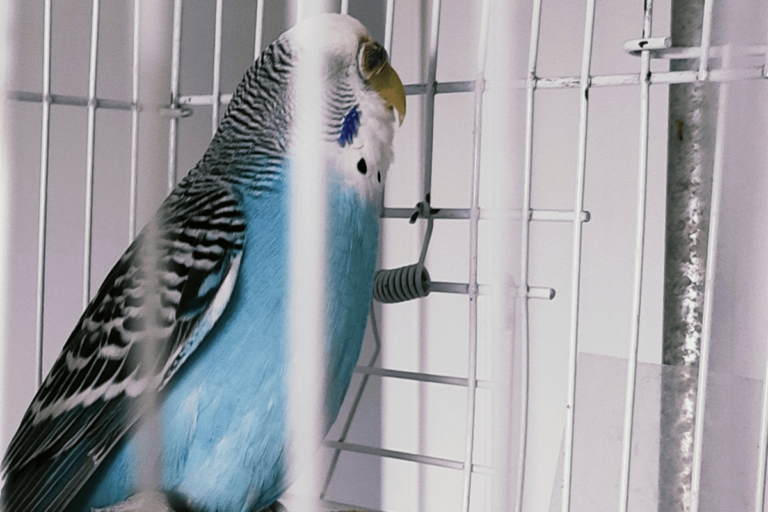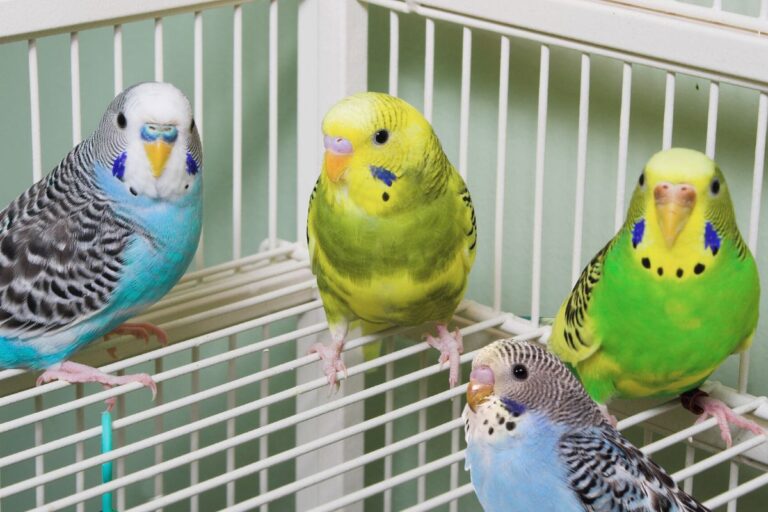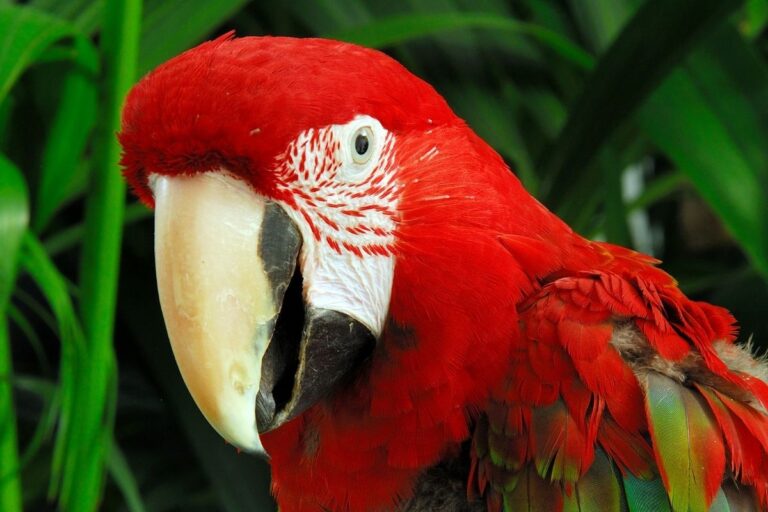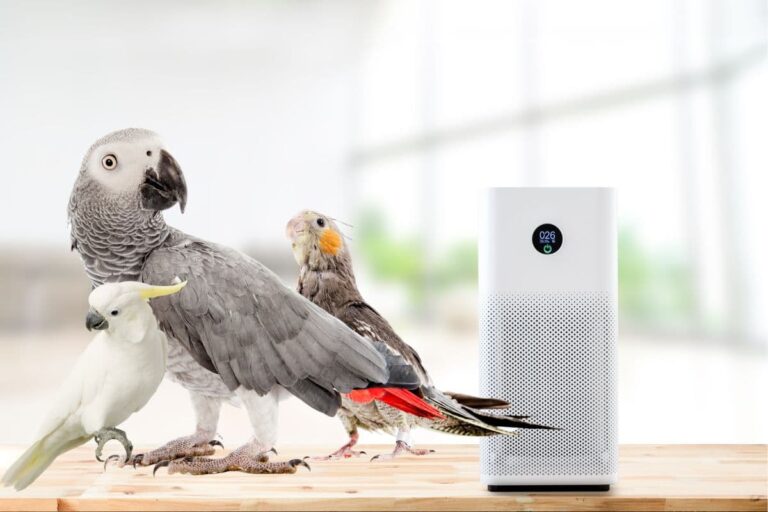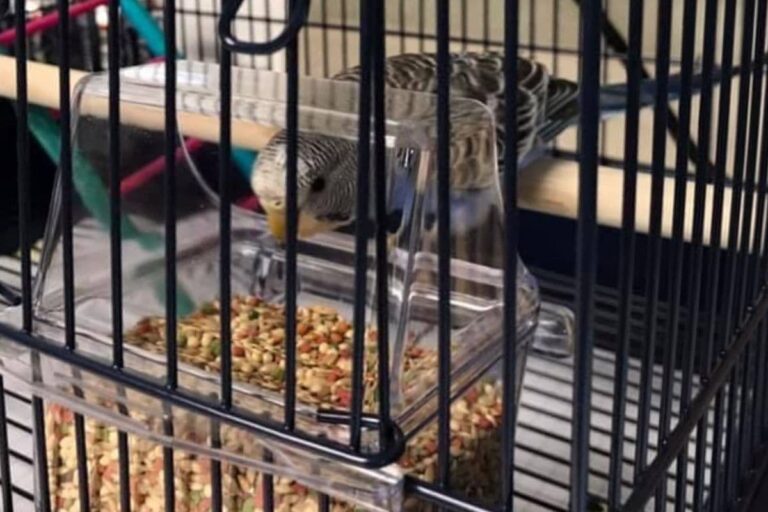Why is My Parakeet Not Flying
Disclosure: The opinions expressed in this post are my own. This post may also contain affiliate links, which means that I will receive a commission if you decide to purchase through my links, at no additional cost to you. As an Amazon Associate, I earn from qualifying purchases.
Parakeets are naturally active birds that love to fly. When they’re prevented from doing so it can cause them a lot of stress and frustration. Knowing some of the most common causes for flightlessness can help you figure out what’s going on with your feathered friend.
There could be several reasons behind your feathered friend’s inability to take flight. It’s possible that your parakeet is young and still too new at flying, or maybe it’s been bullied by another bird that keeps him grounded. It could also be a physical or an ill health issue preventing your parakeet from taking flight – anything from a broken wing or clipped feathers to psychological factors such as the fear of perching or stepping down onto toys and platforms. We’ll explore these factors in detail about why your parakeet is not flying.
Reasons Why Parakeet is Not Flying
Let’s go over in detail on the most common reasons why your parakeet is not flying.
1. Your Parakeet is Sick
One possibility of your parakeet not flying is that it might be sick. If a parakeet stops flying, there could be many potential underlying causes from feather damage to infections or other illnesses.
It’s important to monitor your bird’s behavior pattern carefully and consult a vet should you notice anything unusual related to its health and/or behavior, like a reluctance to fly or weak flight abilities. The veterinarian will administer diagnostic tests that can identify any health problems and provide treatment accordingly.
If the bird is indeed suffering from illness, then it may not be able to fly until its condition has improved. However, in some cases of severe illness, the parakeet may never be able to fly again. So early identification and treatment are essential in restoring your pet’s mobility.
2. Your Parakeet is Too Young
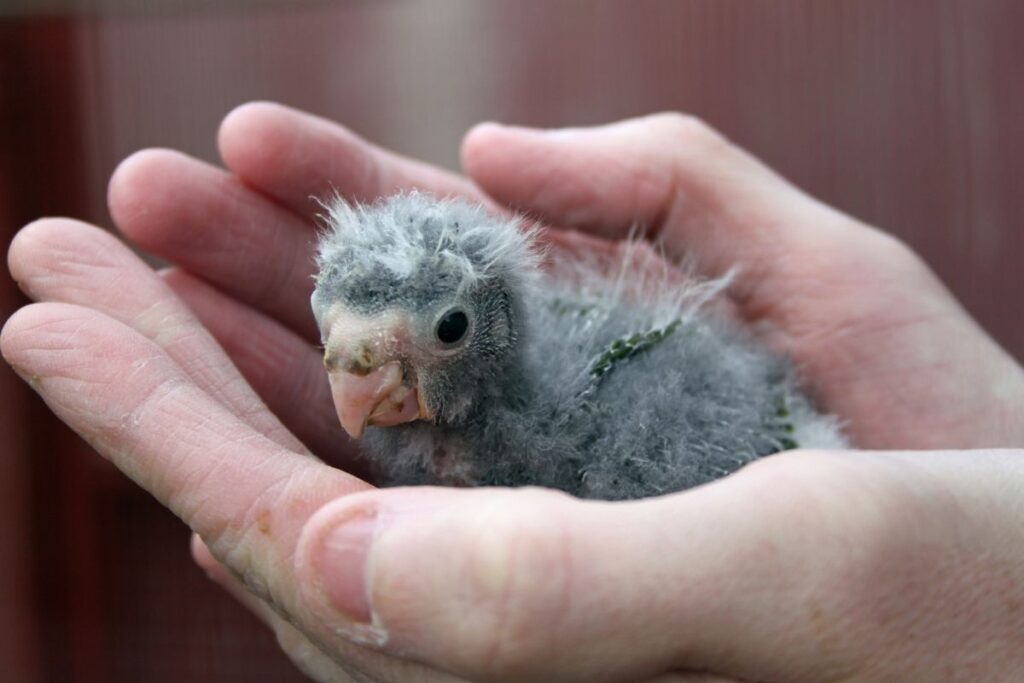
If your parakeet is still young, the most likely cause is simply because they haven’t developed their muscles and flight skills yet. Baby parakeets usually don’t take off until about 4 – 6 weeks of age. Until then, their feet are much more useful for climbing around the cage walls and perches than for flying!
3. Your Parakeet is Too Old (Golden Years)
Old age can sometimes lead to certain physical and mental disabilities that can prevent your parakeet from flying. If your parakeet is getting on in years, it may no longer be able to fly due to inability or lack of energy. Over time, the body begins to slow down and the muscles that are needed to control flight can no longer support flight.
It’s important to recognize when age is the culprit behind a lack of flight because you don’t want your beloved pet struggling against its own failing body. In this case, it’s best to provide your feathered friend with plenty of love, rest, hydration, exercise (as allowed) and enrichment activities that will help keep them stimulated during their golden years.
4. Your Parakeet is Molting
Molting is a natural process during which old feathers are replaced with new ones. Parakeets molt throughout their entire lives and could be molting at any time, even if they appear to have a full set of feathers.
During a molt, it’s not unusual for birds to stop flying. The molting process is energy-intensive, which means that your bird needs more time and rest for regrowth purposes. He or she will also have an increased appetite during this time. Make sure you feed him or her plenty of fresh fruits, veggies, seeds and grains to keep their energy levels up.
5. Your Parakeet is Injured
Since parakeets are small creatures, they can sometimes be knocked during play or out of the cage when they are startled. If your parakeet has developed a limp or seems to be in pain, it is important to get it looked at by a veterinarian as soon as possible. In addition, if you notice any bruising, swelling or redness, these could be signs of an injury that should not go untreated.
Also, do check that their wings and feathers aren’t broken, as this can limit the their ability to fly. Physical therapy and medications may help heal the injury and improve their flight capabilities. However, if the injury does not seem to get better with treatment and strength exercises, then unfortunately surgery may be necessary for them to be able to fly normally again.
6. Your Parakeet is Depressed or Stressed
Your parakeet may also not be flying because it is depressed or stressed. Parakeets are very sensitive creatures and can easily become overwhelmed by changes in their environment. This could be anything from a noisy kitchen to a new pet, to even being moved to a new home.
If your parakeet has been feeling stressed or depressed, you may start to notice a decrease in their energy levels and an unwillingness to fly. You should take steps to reduce the stressor as soon as possible. If you’re not sure what is stressing them out, try making some small changes such as changing the location of their cage, keeping visitors at bay or giving them more attention when they appear disturbed. Furthermore, provide your parakeet with toys that require problem solving such as bird-safe puzzles or activity logs so they can express themselves through play rather than flight.
At What Age Do Budgies Learn To Fly?
Most budgies learn to fly when they are between 4 and 6 weeks old. Some may take a little longer and some may never learn to fly well. If your budgie is not flying by the time it is 8 weeks old, you should consult a veterinarian to make sure there is no medical reason why it cannot fly.
Can a Parakeet Fly With Clipped Wings?
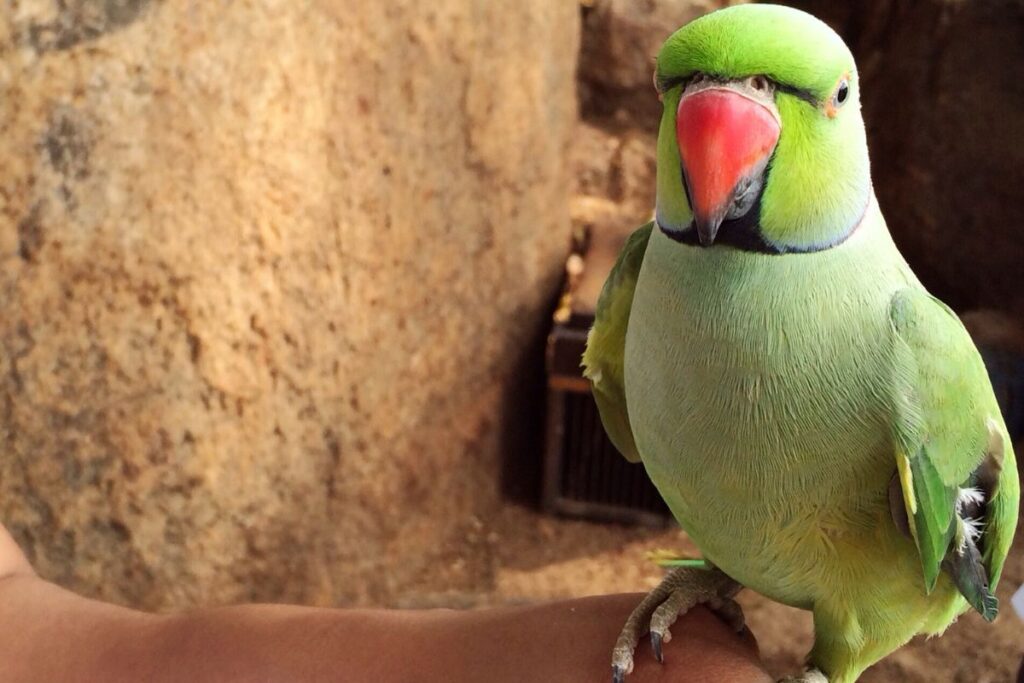
Clipped wings will not entirely stop a budgie from flying, but it will make it much harder for the bird to stay airborne and may prevent it from being able to take off from the ground, as they do not have the required full flight feathers to do so. If you clip both wings, the budgie will still be able to glide down from a perch, but it will not be able to flap its wings and fly upwards.
Should I Clip My Parakeet’s Wings?
Clipping your parakeet’s wings is a big decision. It can have both positive and negative consequences, so be sure to think it through carefully.
On the plus side, wing clipping prevents them from escaping. This will make you feel more secure as a pet owner. Clipped wings also means they’ll be less likely to fly into dangerous things like ceiling fans or hot objects that are out of reach.
On the downside, cutting your parakeet’s wings takes away its natural ability to fly because of the loss of the full function of the flight feathers.. Parakeets need to be able to stretch their wings and fly to exercise properly and stay healthy. Without it, they could become sedentary and unhealthy due to lack of exercise. Additionally, deprived of their natural instinctual behavior, your parakeet may become bored or stressed leading to behaviors such as feather plucking or aggression
So before deciding whether or not you should clip your parakeet’s wings, weigh all the pros and cons first!
How Can I Provide A Safe Environment For My Parakeet To Fly?
You’ll want to start off by wanting to make sure there are no hazards in the room where your parakeet will be flying. Things like open windows or fans should be out of reach or turned off while your bird is taking flight. Additionally, furniture should either be pushed back or covered so that your parakeet doesn’t get stuck behind something or injured while flying around.
You’ll also need to provide enough space in the room for your pet bird to fly without feeling cramped. It’s always best to let them explore a larger area than they would usually occupy so they can really spread their wings and take off. If you plan on letting them out regularly, it’s important to make sure that any other animals won’t be able to get close enough to hurt them during flight time.
Lastly, if you have other pets in the house it’s important to keep them away from your parakeet when it’s time for it to fly around. Even if these animals may not mean any harm, they can still startle your parakeet and cause it stress which can result in an injury or even death if they become scared enough.
Keeping all of these tips in mind will ensure that your pet bird has a safe place for exercise and playtime whenever it needs!
Final Words
I know it can be frustrating when your parakeet isn’t flying as much as you’d like, but with the right steps and dedication, they’ll be taking off soon enough. Start by making sure there are no underlying issues and providing an environment that encourages them to soar. It may take some time for your parakeet to perfect its wings, so patience is key.



